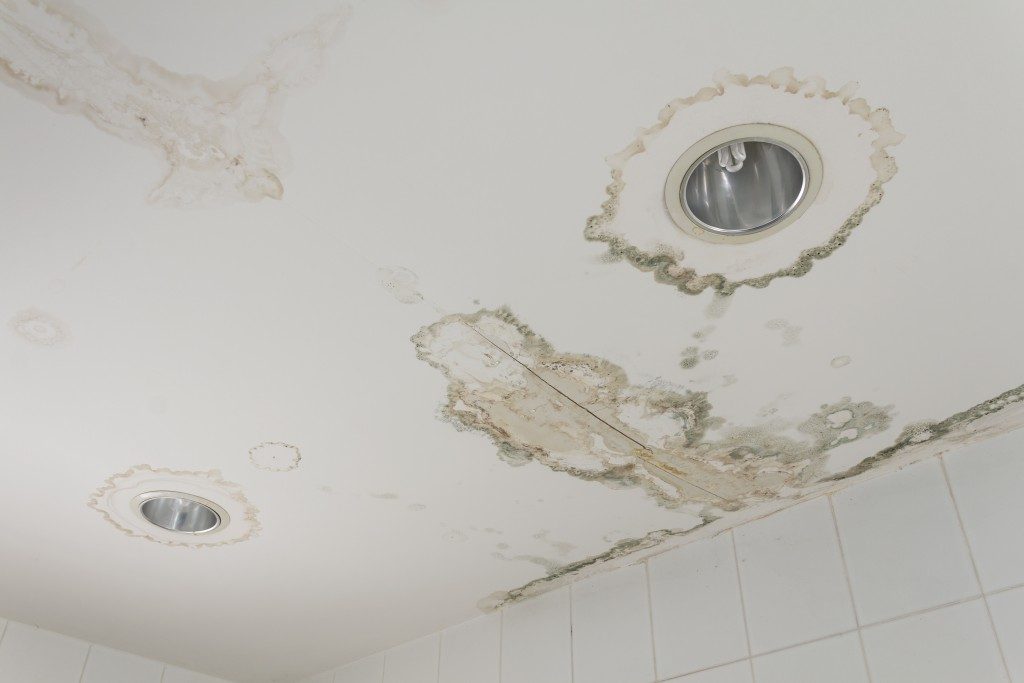Utah is one of those states that become a snow-covered wonderland during winter, but when spring rolls in, it’s a whole different story. While the flowers bloom in parks, the snow that had accumulated on the roofs and gutters will melt.
If you have not been taking care of your roofing for some time, or there’s an ice dam, there’s a good chance you’ll experience a potential disaster: leaks. A leak is a nuisance. When it gets into your wood, water can cause its slow decay. Over time, it will rot and threaten your home’s foundation.
But there’s a far bigger reason to call for a damage restoration company in Salt Lake City to deal with it. Water invites mold.
What is mold?
Mold is a type of fungi that can grow and multiply in moist but warm environments. It comes in many different colors, such as brown, black, green, and purple. Many people tend to confuse it with mildew since they tend to appear similar, and they thrive in the same type of environment.
But they are not the same. Molds are usually green or black while mildew is white and gray. They also vary in terms of their growth structure. Mildew, for instance, looks flat while molds can have filaments. Either way, if you can find molds, there’s a good chance you will also see mildew.
Is mold dangerous?
Contrary to popular belief, not all types of mold are dangerous to health. At the very least, they can be a nuisance. For those who are sensitive to it, they can pose health risks. But what makes mold dangerous for them? These small organisms can multiply fast. They can also thrive in any area that has water.
That’s why you will find them in appliances, inside kitchen cabinets, on the carpets and floors, on the walls, and even on mops, to name a few. The spores of molds are very small air can circulate them around the house. Worse, because of their size, a person can inhale them.
What are the health risks of molds?

The following health issues may occur due to mold exposure:
- Allergic reactions. The body can consider molds as invaders, and thus, it can stimulate the immune system that will result in an allergic reaction. You can develop watery eyes, running nose, nasal congestion, sneezing, and itchiness or rashes.
At its worst, you may experience an anaphylactic shock. It is life-threatening since it can cause swelling of the throat and the constriction of the airways. - Asthma. Asthma is a complex disease characterized by bronchial spasms. It may happen as a result or a reaction to an allergy or hypersensitivity to certain things such as mold.
- Sick building syndrome. Some studies revealed some strains of mold might induce sick building syndrome. It is a condition characterized by nonspecific symptoms usually experienced by office workers. These may include allergies, respiratory problems, and headaches.
Overall, molds don’t pose a serious health risk for healthy people. But they may be harmful to children, older adults, and individuals with chronic lung disease since their immune system is either weak or compromised.
To keep everyone in the household safe, it’s best to get rid of molds. Consider a mold test as well since some can lurk in the dark corners or underneath surfaces, so you cannot spot them quickly.

